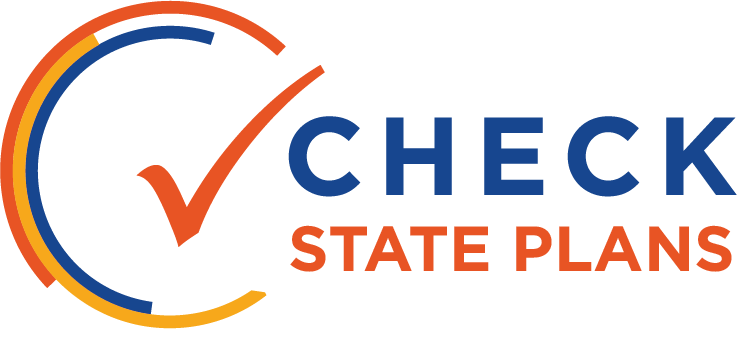
ACADEMIC PROGRESS

The state’s accountability system categorizes schools into one of four tiers—Needs Improvement, Good, Great, and Excellent.
The initial categorization is solely on average state test scores for reading, math, science, and writing tests for grades 3-8, and ACT for high schools.
These averages do not place any particular weight on students hitting grade-level performance targets. Moreover, initially categorizing schools based only on student proficiency will shrink variation and risks inflating scores.
From the initial categorization, Nebraska appears to make it difficult for the indicators to negatively impact schools’ final categorization, which means student proficiency will carry much higher weight than other indicators, including growth.
Nebraska’s chosen growth measures are complicated and may be confusing.
Schools’ growth performance is included in three separate ways: “Improvement,” “Non-Proficiency” and “Growth.”
If a school shows “Improvement” over three years in its average achievement score, the state will raise the score by one point. Another measure, referred to as “Non-Proficiency,” measures the three-year trend in the percentage of students performing below grade-level standards. This is not a simple calculation, and the way it is set up, a school could look better simply by having new, higher-performing groups of students, as opposed to helping any individual students make progress.
Another calculation, referred to by the state as the “Growth” measure, does follow individual students year-over-year. The state’s way of calculating growth is not exactly simple, as the state does not publish any sort of uniform cut point determination for the number or percentage of students making growth. This provides little front-end transparency for schools about what they need to shoot for.
Without more details, it is unclear how much growth will ultimately matter in the state’s system. The way they plan to calculate a school’s rating will prevent the state from prioritizing schools with particularly low growth, and it could ignore schools with high achievement and low growth, which will mask underperforming groups of students.
 OVERVIEW
OVERVIEW






